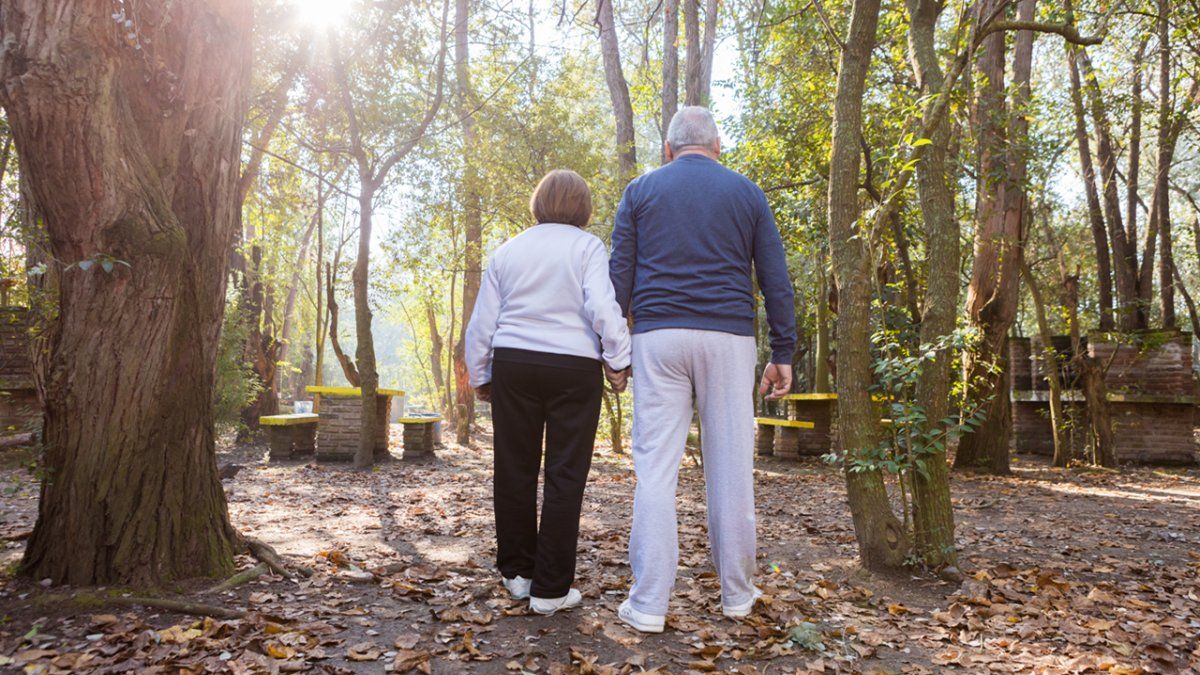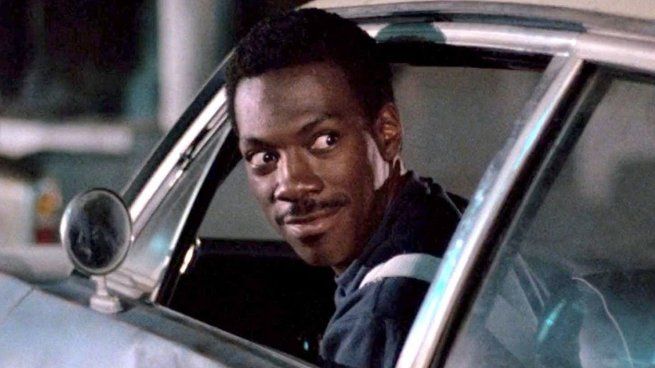A useful and little-known exercise to lead a fitness life and strengthen parts of the body that are not so taken into account.
In adult life, staying active is not just a matter of aesthetics or a hobby: it is a key piece to maintaining autonomy, strength and well-being. Proper training during old age It can delay functional losses, improve mobility and protect against diseases associated with a sedentary lifestyle.
The content you want to access is exclusive to subscribers.
Precisely, there are unconventional exercises that are gaining attention because they act on forgotten muscles and challenge the nervous system. A striking practice that has recently been highlighted by National Geographic and replicated by sports media is walk backwards. At first glance it may seem strange, but its results could make a difference in quality of life.


Hike

Walking backwards is an unexpected workout that brings great benefits, especially for older adults.
freepik
Walking backwards: the benefits of this training
Walking backwards simply consists of moving in reverse, reflecting the usual walking pattern. But this reversal of movement has notable impacts on the body and mind, especially in older people:
-
Activation of underused muscles and joint relief
Walking in reverse shifts the load to your knees and hips in a different way than traditional walking. This means that muscles such as hamstrings, glutes and hip stabilizers are more stressed. In addition, studies indicate that walking backwards puts less direct pressure on the knees, which can be beneficial for people with osteoarthritis or other joint ailments.
-
Improved balance, mobility and cognitive function
Moving in reverse involves forcing the brain to recalculate gait patterns, coordination and spatial perception. This extra demand activates neural connections, sharpens attention and enhances the ability to react. Walking backwards has been found to improve functional balance and may reduce the risk of falls.
-
Greater caloric burning and increased efficiency
Although at an equivalent pace, walking backwards requires more metabolic effort: some research mentions an increase in caloric expenditure by 39% or more compared to walking forward.
-
Accessible and easy to incorporate
It does not require special equipment or sophisticated installations: it can be done on flat surfaces, wide hallways, tracks, or even on a treadmill (with minimal adaptations). The key is to start slowly, in a safe environment, and progress gradually.
Source: Ambito
I am an author and journalist who has worked in the entertainment industry for over a decade. I currently work as a news editor at a major news website, and my focus is on covering the latest trends in entertainment. I also write occasional pieces for other outlets, and have authored two books about the entertainment industry.




